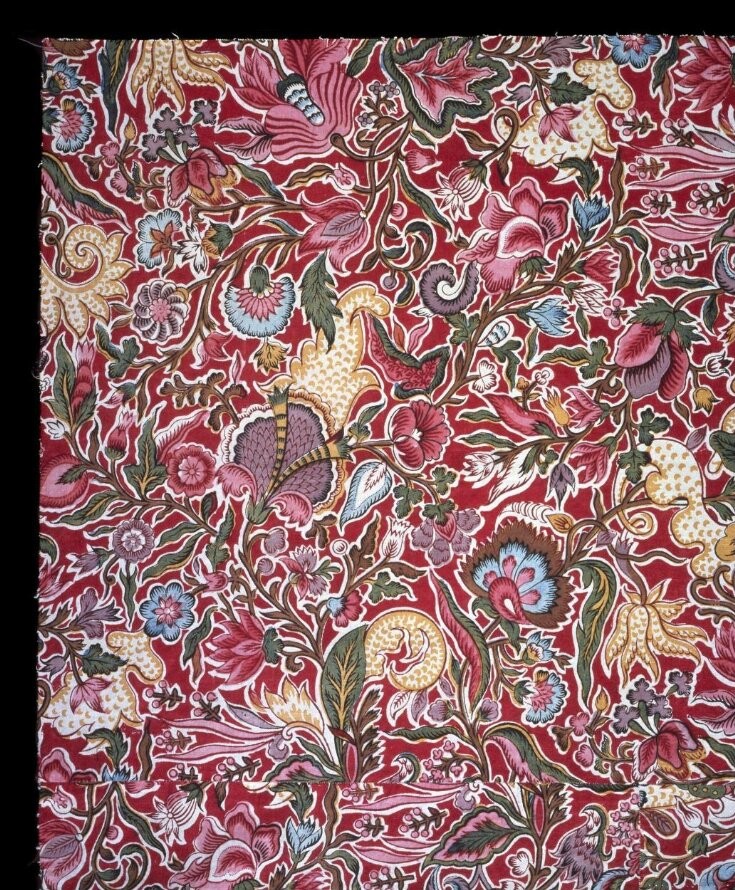
As promised, I’m returning to the research topic of Baltimore Album Quilts. On a recent research trip to Baltimore, I spent time reading original sources including three diaries from the mid-nineteenth century. Two of the diaries were instrumental in guiding my research onto new discoveries about Baltimore Album Quilts. I’d previously written about the importance of the Washingtonians’ connections to Baltimore Album Quilts. (Here’s a link to that blog, if you’d like to reread.) At the time, I searched for the women’s auxiliary to the organization, which was sometimes referred to as Martha Washingtonians. However, I was puzzled when I couldn’t find much about these groups. However, one of the diaries mentioned that the Washingtonians women’s groups were associated with the local fire division. Consequently, it was easy to find information in the newspaper about these...





